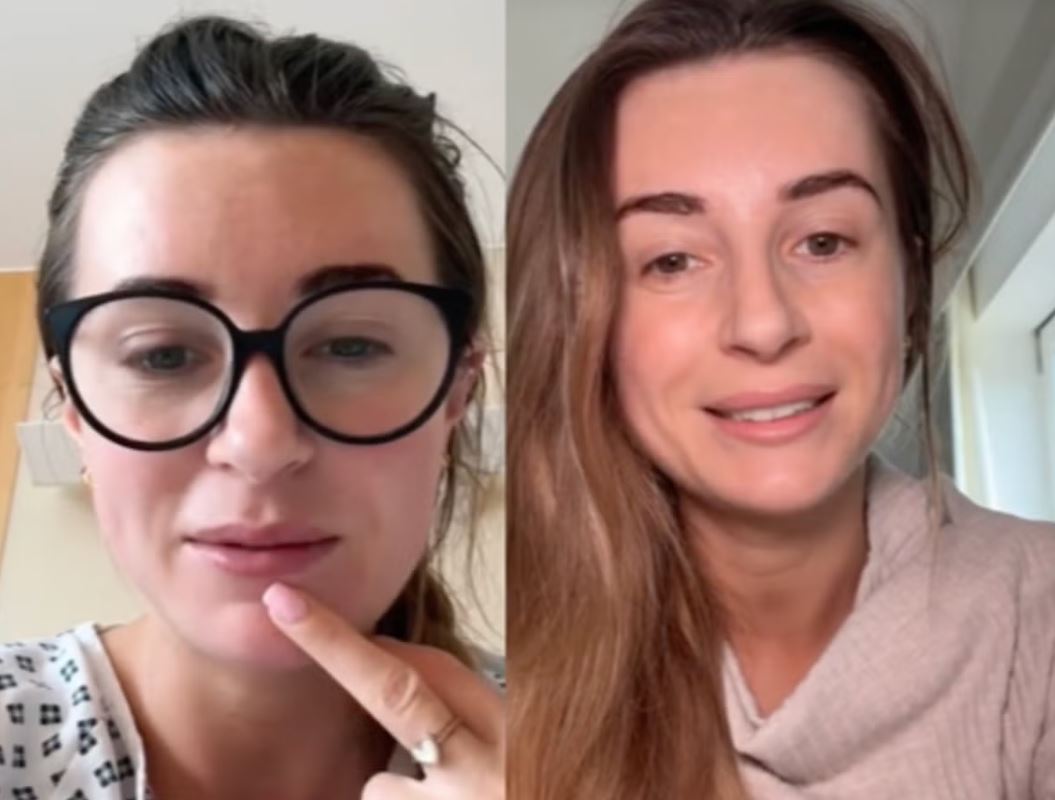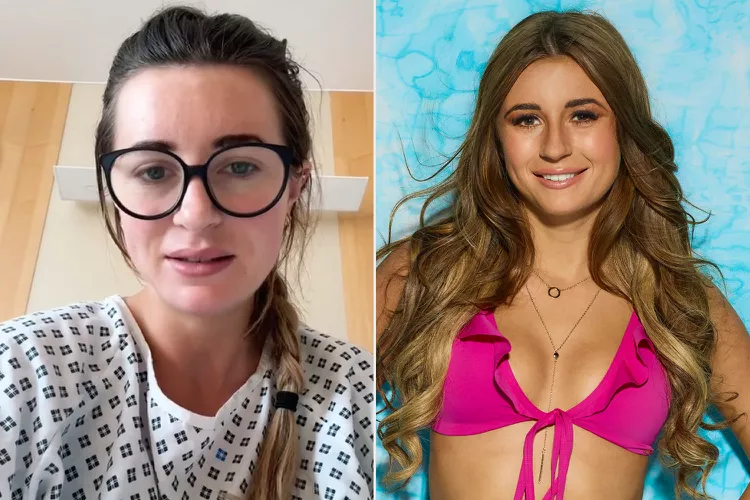Love Island star Dani Dyer shared that she had to undergo surgery to have her IUD removed after it “had gone missing.”
Dyer, who won season 4 of the U.K. dating show, said in a TikTok that she’d had the Mirena IUD inserted seven months ago. As she explained, after welcoming twins last May with partner, West Ham soccer player Jarrod Bowen, she chose this type of birth control because it’s “there, it’s done, I’ve not gotta worry about, you know, contraception.”
As the Cleveland Clinic says, an IUD — or intrauterine device — “is a form of birth control that a healthcare provider inserts into your uterus” that can “prevent pregnancy for up to 10 years or more, depending on the specific type.“
“I had the coil — Mirena coil — fitted,” she says, because her friends had it and she’d heard nothing but “positive reviews.”
The Mirena IUD lasts up to 8 years, according to the website, and is also FDA-approved to treat heavy menstrual bleeding.
In the beginning, Dyer said “I absolutely loved it. I had obviously a little bit of pain at the beginning but I obviously knew it was just my body getting used to it.”
However, she says, “I started having, like, terrible cramps … loads and loads of bleeding.”
She said she put off going to the doctor, saying that, “I’m not a drama queen when it comes to my own health.”
It wasn’t until she had “really severe pains the other month” that she says she sought advice from a healthcare professional. “I was just like, ‘I just don’t know if this is normal.’”
When her doctor examined her, Dyer said he gave her the news her IUD “had gone missing.”
As the National Library of Medicine says, “There are many reports of migrated intrauterine devices.”
The Radiological Society of North America says that migration from its original position “is a frequently encountered complication” — and the complication can either “can usually be managed in the outpatient clinical setting” or require “surgical management.”

Dyer didn’t share where in her pelvic area her IUD was found — just that its location required surgical intervention.
“It was not his fault, it’s just one of them things that happens,” she said, adding that an X-ray found it “still there my pelvic area but basically it needs to be removed [from] where it is. That means having to go under general anesthetic and having keyhole surgery.” That’s a common term in the UK for a laparoscopy, where a doctor makes a small incision and inserts a camera to guide the procedure.
However, IUDs generally come with “threads” that can be felt when it’s in the correct place. As the Mirena website says, “check for the threads by reaching up to the top of your vagina with clean fingers to feel the removal threads. Do not pull on the threads.”
“If you feel more than just the threads or if you cannot feel the threads, Mirena may not be in the right position,” and you should consult your healthcare provider, the company says.
Dyer didn’t disclose if her IUD had threads, and only shared that she experienced heavy bleeding and cramps.
The reality star underwent the procedure yesterday, and said she was a “little bit drowsy” but “was more nervous around like the general anesthetic side of it.”
She added that the “scars are really small — like went through my belly button.”
And while she joked that her hospital stay is “quite a nice little night off” the mom of three is headed back home to “mom duties” — and urged her followers to “listen to your body.”
“If anyone else has got to go through this … I promise you you’re going to be absolutely fine,” she said.
